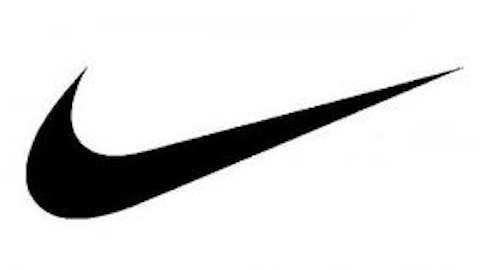However, Tiffany’s sales in Asia helped offset most of its U.S. losses. Tiffany’s same-store sales in Asia rose 6% as revenue advanced 13%, primarily boosted by higher demand in Greater China. Meanwhile, growth in Japan and Europe remained fairly weak.
With no exposure to Asia and the European Union, Signet Jewelers Ltd. (NYSE:SIG) has a major advantage over Tiffany. Recent market movements have shown the U.S. market to be the most resilient of the world markets, despite current concerns of payroll tax hikes and more fiscal cliffs. Many companies that are more concentrated on domestic markets have outperformed larger multinational ones.
Expenses and margins
All that talk of new stores points to higher expenses down the road for Signet. To gauge Signet’s financial health, we should calculate four metrics – revenue growth, inventories, cash and expenses.
Inventory growth is outpacing revenue growth – which explains the markdowns at its UK stores. Cash and equivalents have fallen substantially, primarily due to last year’s Ultra acquisition. Expenses have steadily edged upwards, and are forecast to come in at $180 million to $195 million for fiscal 2014, which will be used on new stores, renovations, and integrating the Ultra brand. Therefore, as expenses rise, we also need to check in on margins.
This is one area where Signet simply can’t match Tiffany. Tiffany’s profit margins are steadily rising towards its operating margin – a clear sign that the company is operating efficiently with minimal overhead costs.
Meanwhile, Signet’s brands lack the blue box brand recognition of Tiffany’s products, and are sold at lower prices, making markdowns and clearances risky.
During the fourth quarter, Signet’s gross margin increased 50 basis points to 42.1%. However, operating margin declined 30 basis points to 17.7%, due to the aforementioned operational inefficiencies in its U.K. operations.
The road ahead
Looking forward, Signet expects to earn $1.07 to $1.12 per share for the first quarter, barely meeting the consensus estimate of $1.12. However, same-store sales are expected to be robust, rising to 5%-7%.
In conclusion, let’s stack up the fundamentals of these three jewelers, and see which approach – Signet’s focus on the U.S. and the U.K., Tiffany’s sprawling worldwide presence, or Blue Nile’s purely online business – is better poised to thrive as a long-term investment.
| Forward P/E | Price to Sales (ttm) | Return to Equity (ttm) | Debt to Equity | Profit Margin | Qty. EPS Growth (Y-O-Y) | Qty. Revenue Growth (Y-O-Y) | |
| Signet | 13.95 | 1.33 | 16.04% | No debt | 9.01% | 33.70% | 0.80% |
| Tiffany | 17.39 | 2.29 | 16.78% | 36.74 | 10.97% | 0.70% | 4.10% |
| Blue Nile | 32.47 | 1.09 | 34.16% | 4.86 | 2.10% | 16.50% | 21.20% |
| Advantage | Blue Nile | Blue Nile | Blue Nile | Signet | Tiffany | Signet | Blue Nile |
Source: Yahoo Finance, 3/28/2013 (figures do not include Signet’s 4Q)
Although Blue Nile looks the most undervalued, its profit margins are too slim to remain competitive with Tiffany and Signet. Meanwhile, Signet’s clean balance sheet and robust profit growth make it a strong contender for Tiffany’s throne, despite its more fragmented brands and a lack of central brand recognition. Although it’s tough being a retailer these days, I think that Signet’s focused approach on the U.S. market will lead to stronger growth in the coming year – making it a favorable long-term investment.
The article Could This Jeweler Topple Tiffany? originally appeared on Fool.com is written by Leo Sun.
Copyright © 1995 – 2013 The Motley Fool, LLC. All rights reserved. The Motley Fool has a disclosure policy.



